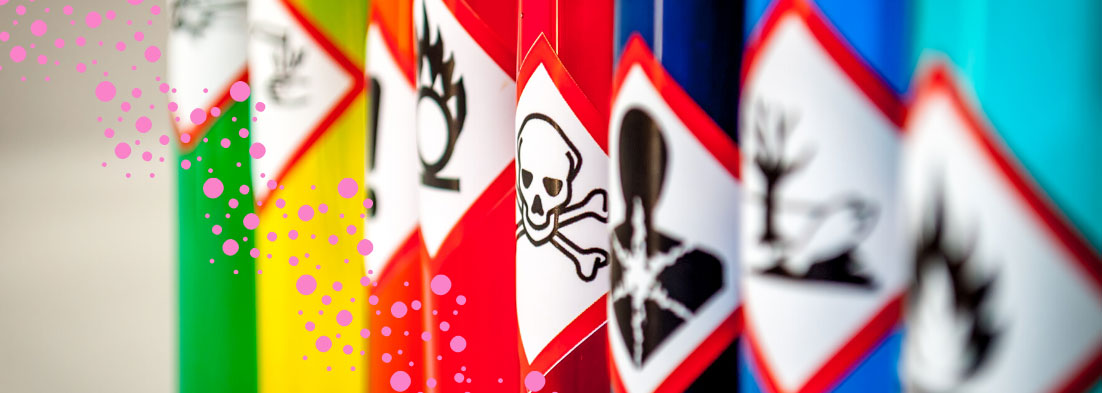Year 11 Chemistry
Matrix Year 11 Chemistry courses are taught by experienced teachers using tried and tested resources. Learn online or on-campus.
Learning methods available
Select a year to see available courses
A helpful list of essential chemical reactions that a Year 11 student should know.

Join 75,893 students who already have a head start.
"*" indicates required fields
Reactive Metal + Liquid Water → Metal Hydroxide + Hydrogen Gas
E.g. Na(s) + H2O(l) → NaOH(aq) + H2(g)
Metal + Steam → Metal Oxide + Hydrogen Gas
E.g. Zn(s) + H2O(g) → ZnO(s) + H2(g)
Metal + Oxygen Gas → Metal Oxide
E.g. 2Mg(s) + O2(g) → MgO(s)
Hydrocarbon + Oxygen → Carbon Dioxide Gas + Liquid Water
E.g. 2C8H18(l) + 25O2(g) → 16CO2(g) + 18H2O(l)
Metal + Acid → Salt + Hydrogen gas
E.g. Zn(s) + 2HCl(aq) → ZnCl2(aq) + H2(g)
Carbonate + Acid → Salt + Carbon Dioxide Gas + Liquid Water
E.g. Na2CO3(aq) + 2HCl(aq) → 2NaCl(aq) + CO2(g) + H2O(l)
Metal → Metal Ion + Electron/s
E.g. Cu(s) → Cu2+(aq) + 2e–
Metal Ion + Electron/s → Metal
E.g. Ag+(aq) + e– → Ag(s)
This reaction involves the transfer of electron/s from one reactant to another. This thus results in both a reduction and oxidation reaction occurring. To obtain the redox reaction, you can either write the net ionic equation for a displacement reaction (option 1) or add reduction and oxidation reactions together (option 2).
E.g. OPTION 1:
Cu(s) + 2AgNO3(aq) → Cu(NO3)2(aq) + 2Ag(s)
Cu(s) + 2Ag+(aq) + 2NO3– → Cu2+(aq) + 2NO3– + 2Ag(s)
Cu(s) + 2Ag+(aq) + 2NO3– → Cu2+(aq) + 2NO3– + 2Ag(s)
Cu(s) + 2Ag+(aq) → Cu2+(aq) + 2Ag(s)
E.g. OPTION 2
NOTE: BOTH THE CONSERVATION OF MASS AND CHARGE MUST BE SHOWN IN YOUR EQUATION!
Cu(s) → Cu2+(aq) + 2e–
+
2Ag+(aq) + 2e– → 2Ag(s)
__________________
Cu(s) + 2Ag+(aq) + 2e– → Cu2+(aq) + 2e– + 2Ag(s)
Cu(s) + 2Ag+(aq) → Cu2+(aq) + 2Ag(s)
Carbon Dioxide Gas + Liquid Water → Solid Glucose + Oxygen Gas
I.e. 6CO2(g) + 6H2O(l) → C6H12O6(s) + 6O2(g)
Aqueous Glucose + Oxygen Gas → Carbon Dioxide Gas + Liquid Water
I.e. C6H12O6(s) + 6O2(g) → 6CO2(g) + 6H2O(l)
Calcium hydroxide + Gaseous carbon dioxide → Solid calcium carbonate + liquid water
I.e. Ca(OH)2(aq) + CO2(g) → CaCO3(s) + H2O(l)
Written by Matrix Science Team
The Matrix Science Team are teachers and tutors with a passion for Science and a dedication to seeing Matrix Students achieving their academic goals.© Matrix Education and www.matrix.edu.au, 2023. Unauthorised use and/or duplication of this material without express and written permission from this site’s author and/or owner is strictly prohibited. Excerpts and links may be used, provided that full and clear credit is given to Matrix Education and www.matrix.edu.au with appropriate and specific direction to the original content.